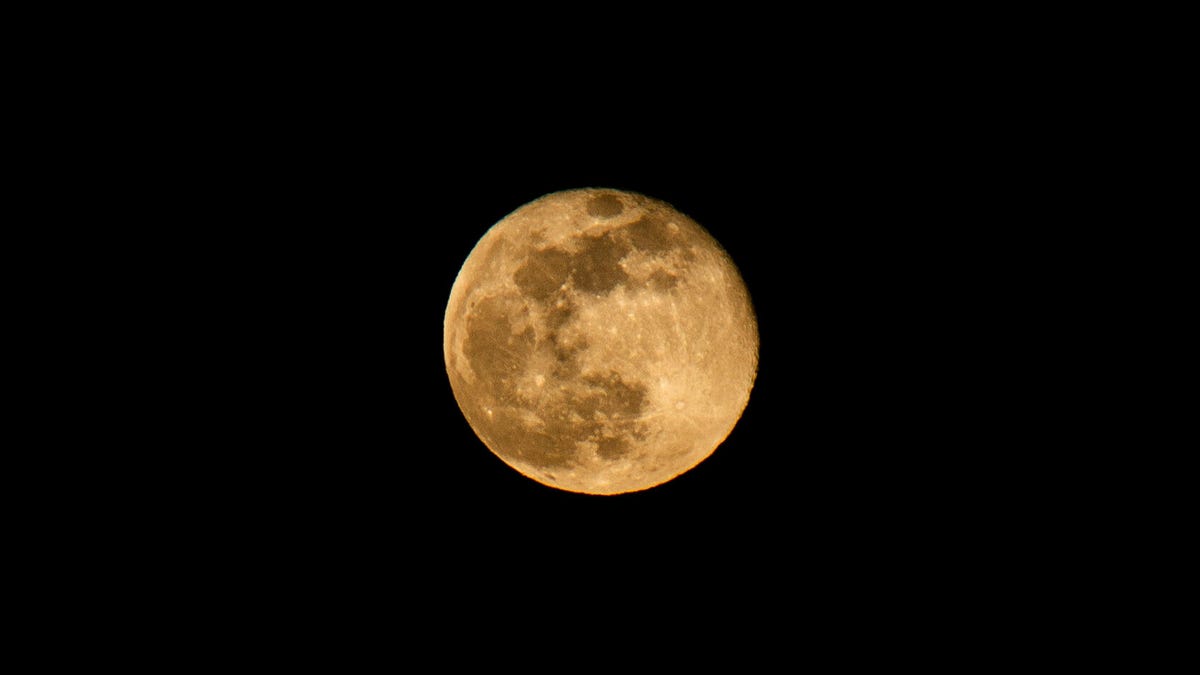What to Expect From the Full Pink Moon This Weekend
It might not live up to its name, but it's still well worth checking out.

The full moon taken one day after being 100 percent full in April, 2020.
This weekend's moon probably won't be pink, and it won't be a so-called supermoon, but it might be a little orange, and it will certainly be worth stepping outside to glimpse just after sunset on Saturday.
April's full moon is often referred to as "pink" after a type of wildflower called phlox. The small pink ground cover typically blooms around this time of year in North America. This is also the first full moon after northern spring equinox, known as the Paschal Full Moon, which determines when Easter takes place (it's always the first Sunday after Paschal Full Moon). It's also the Pesach, or Passover Moon.
According to the Farmer's Almanac, an April full moon is also sometimes referred by different Native American tribes as the Breaking Ice Moon, Moon When the Streams Are Again Navigable, Budding Moon of Plants and Shrubs, Moon of the Red Grass Appearing, Moon When the Ducks Come Back, Moon When the Geese Lay Eggs, Frog Moon, and Sucker Moon (referring to the type of fish, not a gullible rube).
NASA also points out that many Hindus see it as the Hanuman Jayanti Festival Moon, and for Buddhists in Sri Lanka it's called Bak Poya, which honors when the Buddha visited the island and avoided a war by settling a dispute between chiefs.
Of course, all of these names have absolutely nothing to do with how the full moon will actually appear in the sky. That all has much more to do with the atmospheric conditions where you are. If the full moon actually appears pinkish, it's probably not a good thing: smoke or ash or other particulates in the air can often give the full moon a pink or orange appearance as it rises over the horizon.
One thing that is consistent about every full moon is when and where to look for it. A full moon occurs when our natural satellite is in direct opposition to the sun and therefore is fully illuminated. This means that the full moon always rises in the east right around the same time the sun is setting in the west.
It's a great celestial double-header that we get to experience every four weeks and, unlike the sunset, there's no harm in looking directly at the full moon. If you happen to capture any epic photos of the Pink Moon, please share with me on Twitter @EricCMack.

